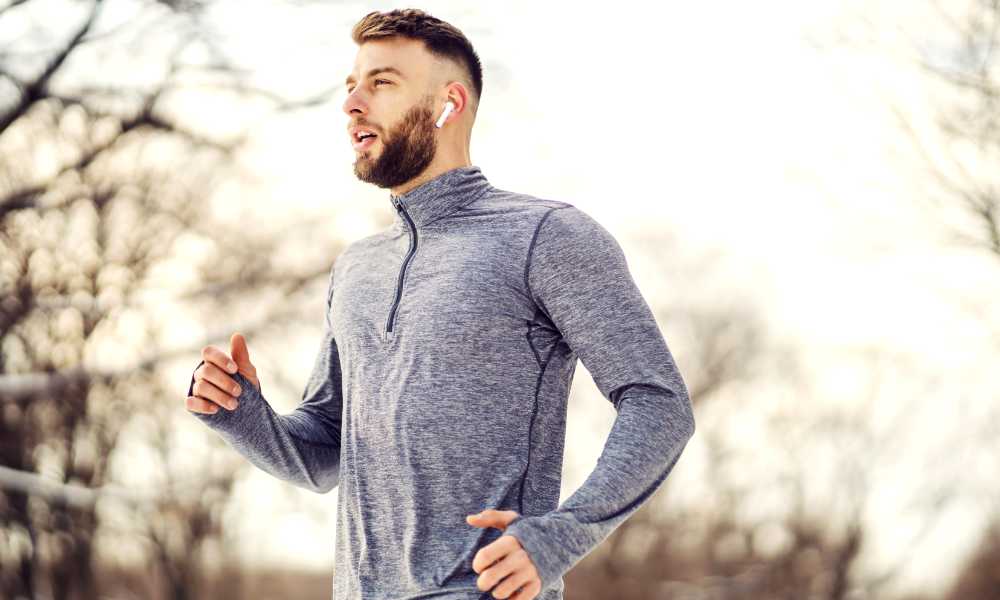There are those who consider only summer a good time to train, those who only consider indoor disciplines such as spinning and winter in winter. data-mce-fragment="1"> and then there are them: those who love the cold and practice outdoor winter sports.
We know, doing sports in the cold, perhaps on a gray sky day, with the sofa tempting us... is not very attractive. But many researchers agree that it is, in reality, very beneficial for the body and mood.
Let's see why and which winter sports you can decide to practice
Benefits of training in the cold
The benefits of training outside even at low temperatures are linked precisely to the latter and their physiological impact on the human body.
data-mce-fragment="1"> would lead to burning more calories, for the simple fact that the body burns additional calories simply by having to thermoregulate.Not only that: once the initial resistance has been overcome, it would also be an excellent way to improve your mood and fight the so-called winter blues, that is, the melancholy that affects many people between November and February approximately, when shorter days, darkness and low temperatures affect everyday life. Instead of taking refuge under the covers and in comfort foods, which only risk fueling the discomfort, going out for a jog would seem to be a panacea.
Breathing fresh air, producing endorphins with physical exertion and enjoying the sun's rays – thus synthesizing vitamin D – is a true concentrate of well-being.
There are even those who say that, if properly covered and protected from the cold, winter sports help strengthen the immune defenses.
5 fun winter sports to try this season
Aren't you a fan of the cold and have you never tried to venture out to do sports past September?
We'll give you some advice for fun activities within everyone's reach, with a few lessons and a little training.
- Downhill skiing and snowboarding: these are the most well-known and loved disciplines of winter. Ski resorts and facilities almost always provide instructors who can teach the basics even to beginners, and equipment rental if you don't have the necessary equipment. It is always better to be careful and follow the indications regarding the difficulty of the slopes, to avoid unpleasant injuries.
- Cross-country skiing: the "simplest" cousin of classic skiing, cross-country skiing is a splendid activity, a complete movement of arms and legs, an incredible cardiovascular workout that also allows you to enjoy truly enchanting snow-covered landscapes (which friends of downhill skiing often only glimpse while "speeding" down the valley).
- Ice skating: an apparently fairy-tale and light-hearted sport, it is actually a fascinating and complex sporting discipline to master. But who doesn't love, during the Christmas period, trying to put on the "blades" on your feet and launch yourself with your partner on the icy slope?! At most, you risk a tumble and a laugh.
- Snowshoes: those who love summer trekking usually love snowshoes in winter. These simple accessories, to be attached to the boots, allow you to travel on snow routes in complete safety. Must try!
- Running: running in winter, not in the snow obviously, but anywhere in the city and countryside, is a beautiful experience. The initial feeling of cold quickly passes thanks to physical activity and the most "pros" know well that the best races are prepared in winter and record times are easier to achieve when temperatures are not too high.

Advice and contraindications for doing sports in winter
It is essential to be equipped in the most appropriate way, to protect yourself from the cold, especially the extremities such as the head, hands/feet and nose, while maintaining good breathability of the chosen clothing, to avoid sweating and feeling the sweat cooling you.
It is always good, especially if you practice sports in the mountains, to protect yourself even in winter with a good sunscreen, even for the lips.
Essential hydrate yourself, even if you will feel less thirsty than in summer: perhaps it is better to have a thermal water bottle with you with a warm drink, such as a green tea, to sip every now and then. Eating correctly is important but it is better not to overdo it with too heavy meals, to avoid overloading digestion at a time when the body's blood flow is aimed at warming us up.
Aim to have energy without weighing you down too much (then ok, polenta or hot chocolate at the refuge after skiing is always there!).
Be careful with sudden movements and static stretching: in the cold this good practice could become counterproductive and encourage the onset of small cramps or muscle tension. Better to warm up with a few light jogs and a bit of dynamic stretching, moving arms and legs to make the movements fluid.
Sources:


Leave a comment